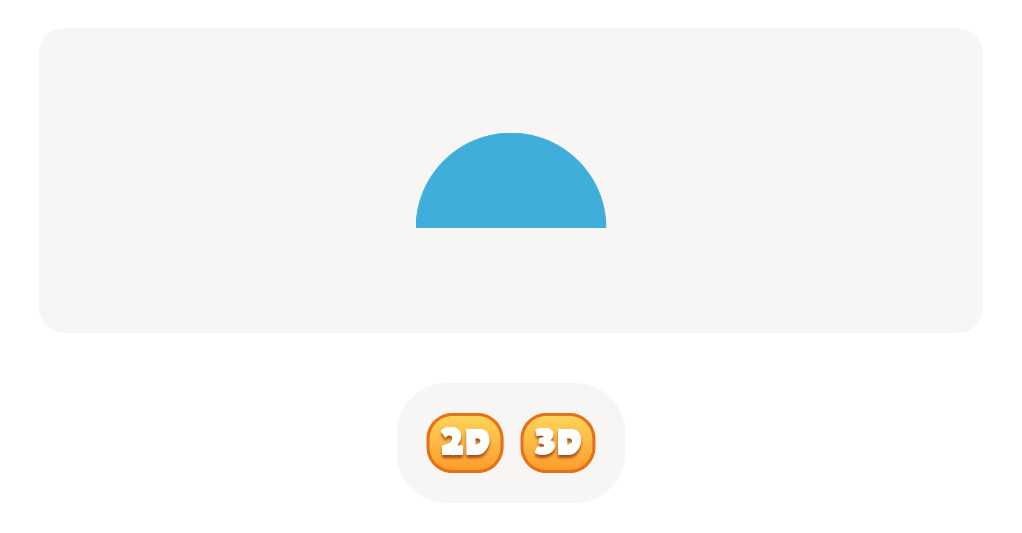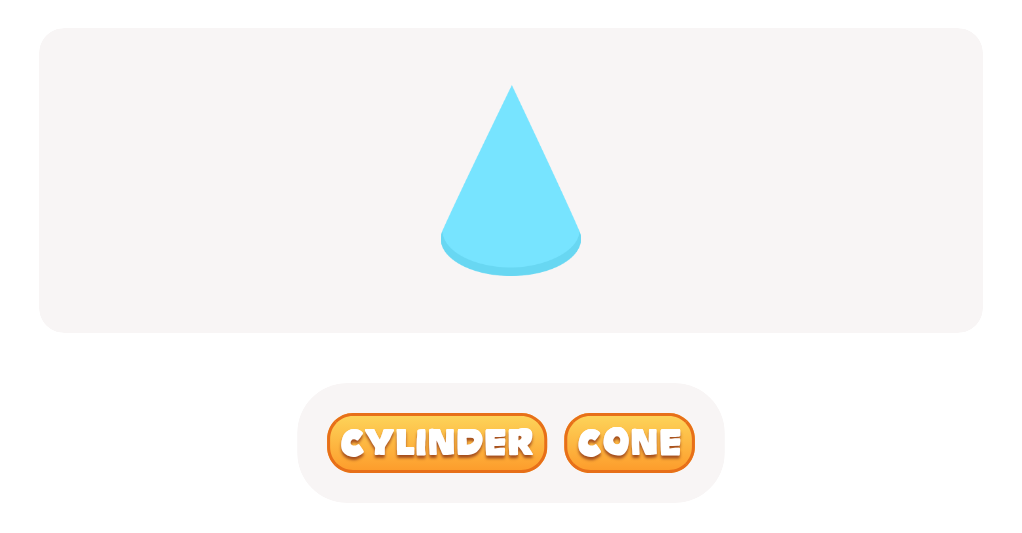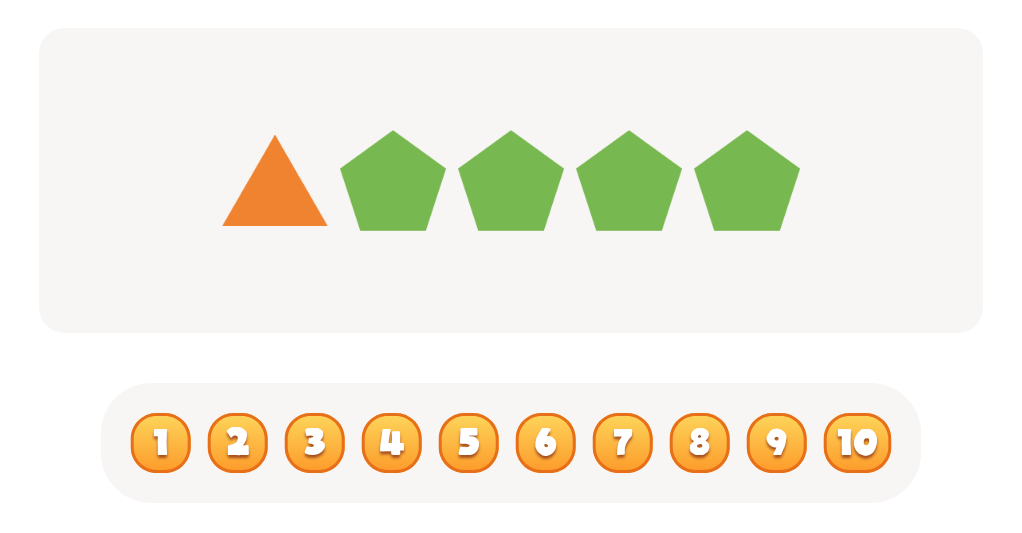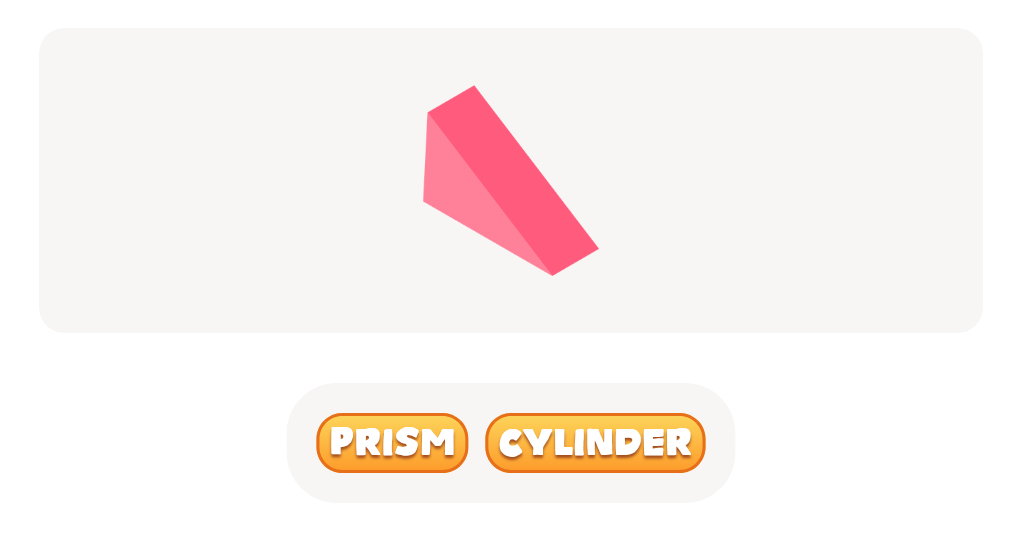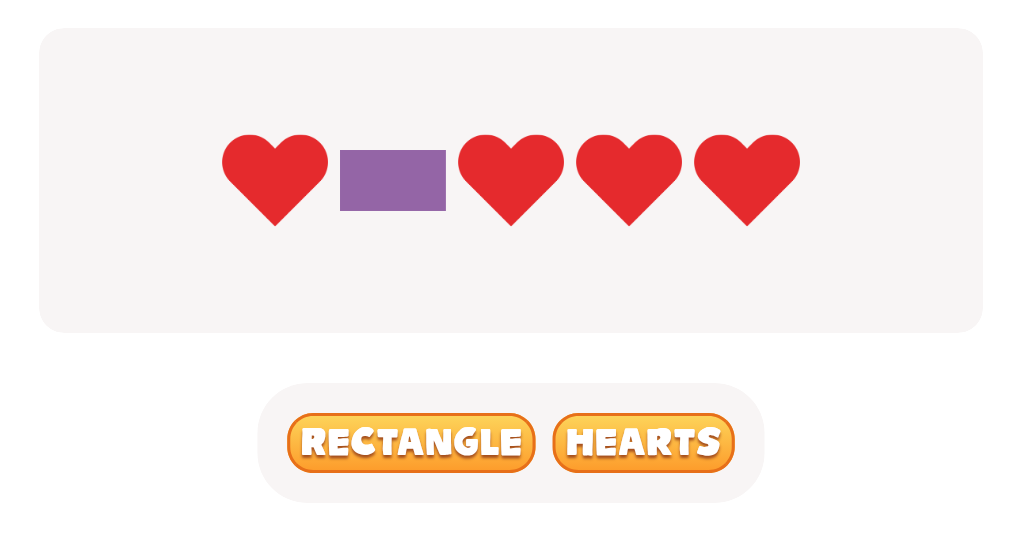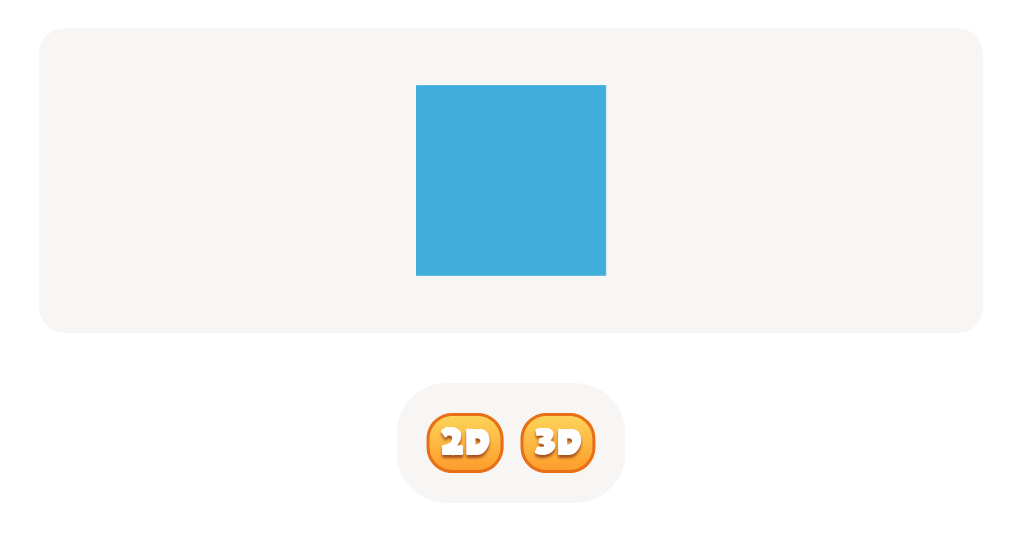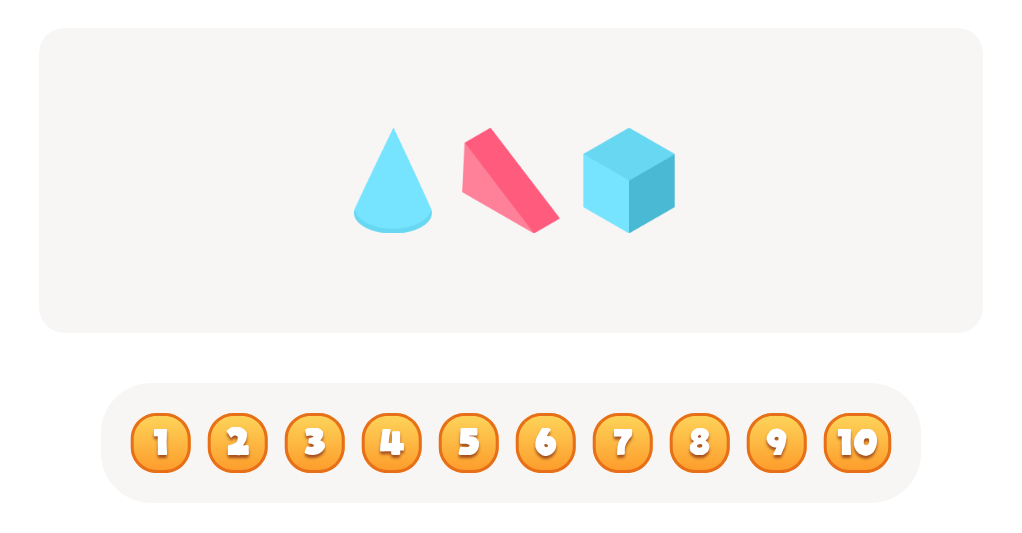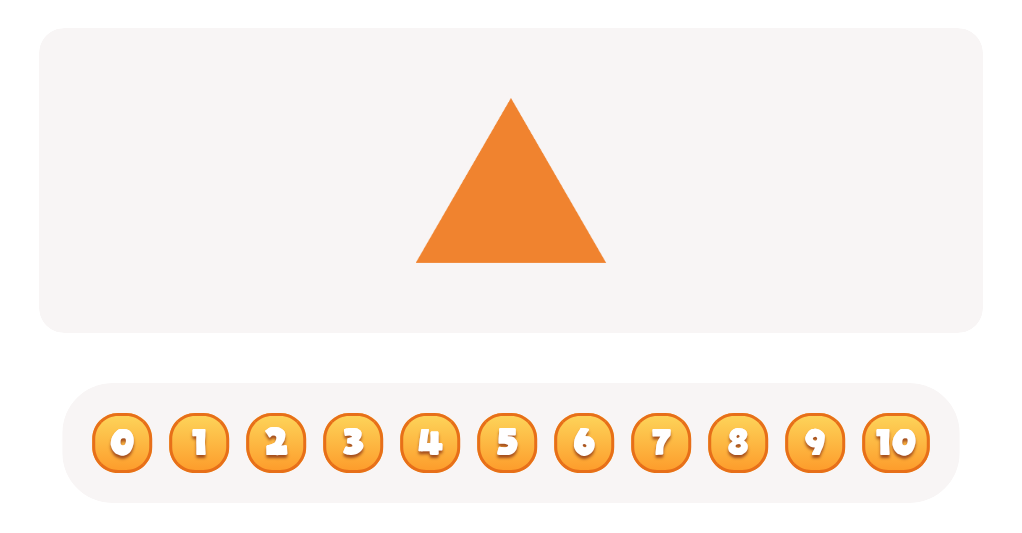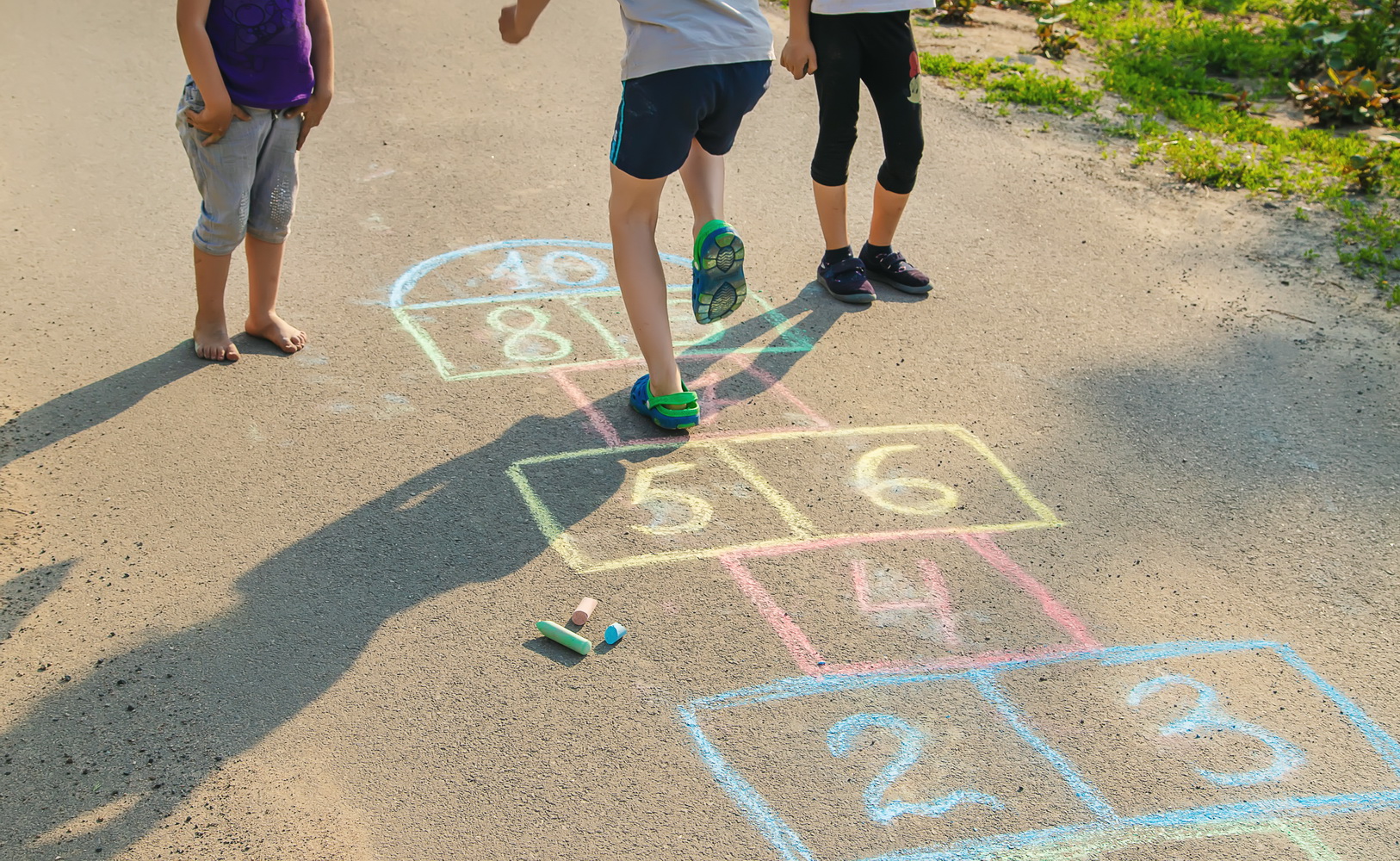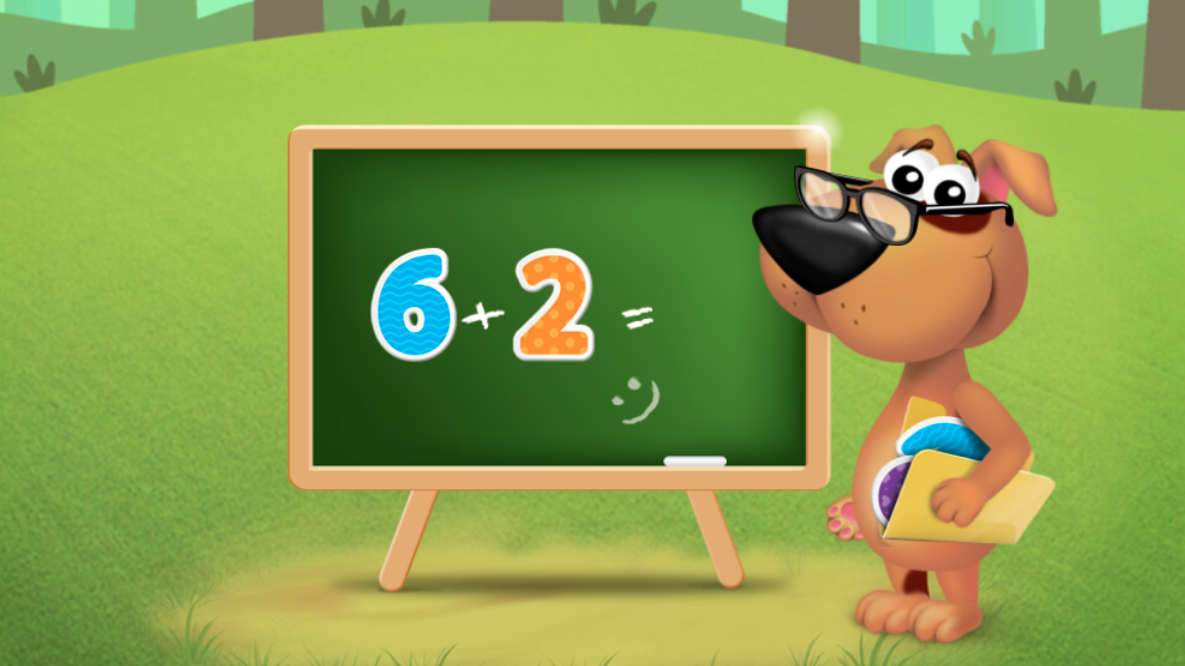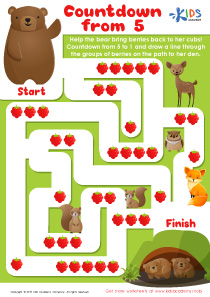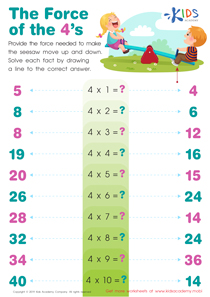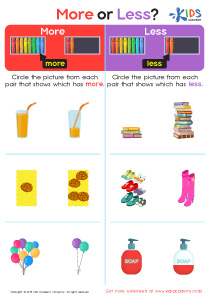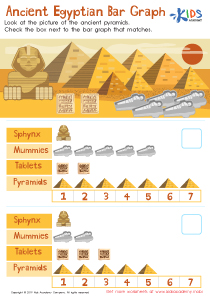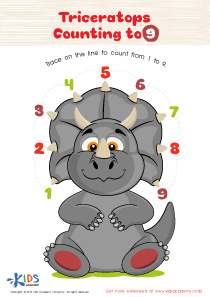Problem-Solving Skills Easy Geometry Worksheets for Ages 5-9
6 filtered results
-
From - To
Discover our engaging "Problem-Solving Skills Easy Geometry Worksheets" designed specifically for children aged 5-9! These worksheets provide a fun and interactive way for young learners to enhance their geometry knowledge while developing critical problem-solving skills. Featuring vibrant illustrations and age-appropriate tasks, our resources encourage creativity and critical thinking as kids explore basic shapes, measurements, and spatial relationships. Ideal for classroom use or at-home learning, these worksheets promote foundational math skills in a playful setting. Help your child thrive in their educational journey with our thoughtfully crafted geometry problems that boost confidence and foster a love for math!
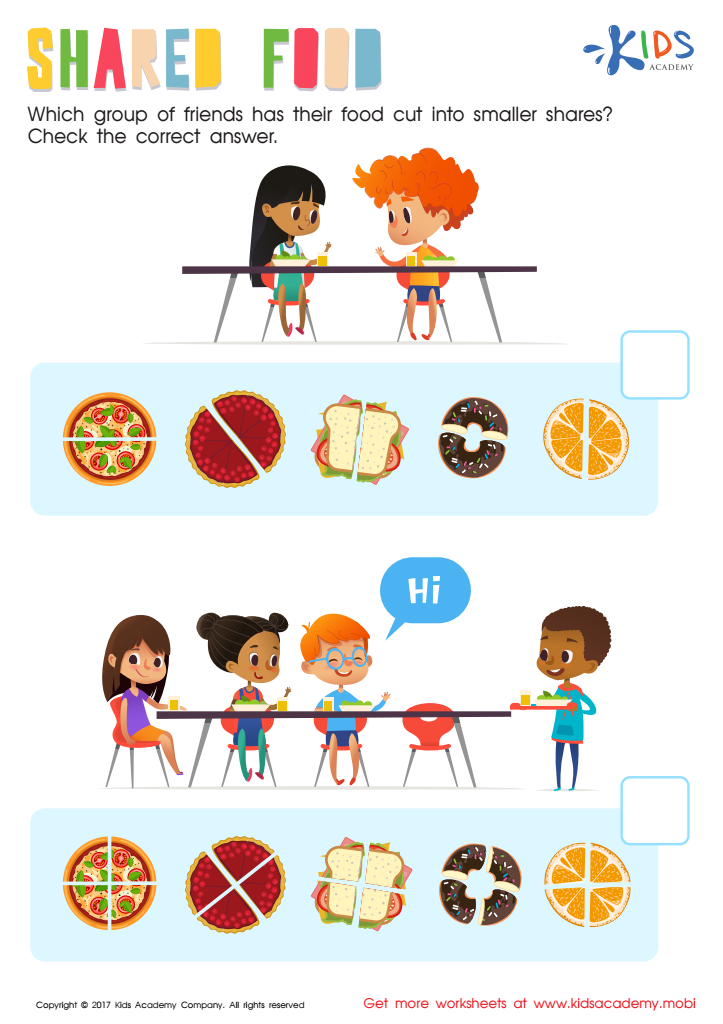

Shared Food Worksheet
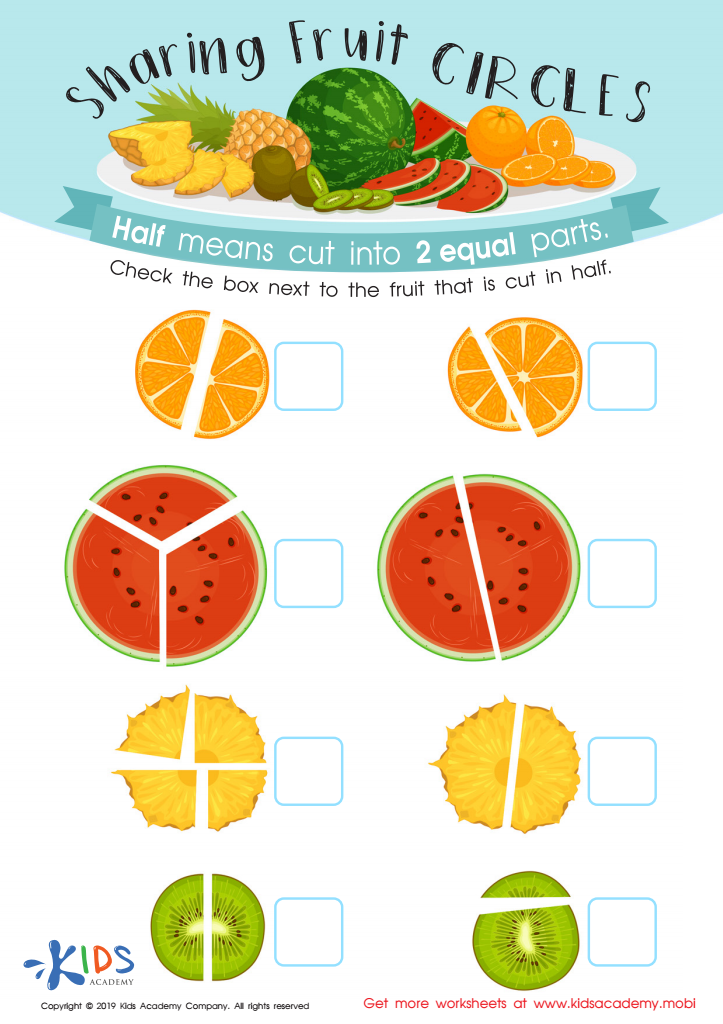

Sharing Fruit Circles Worksheet
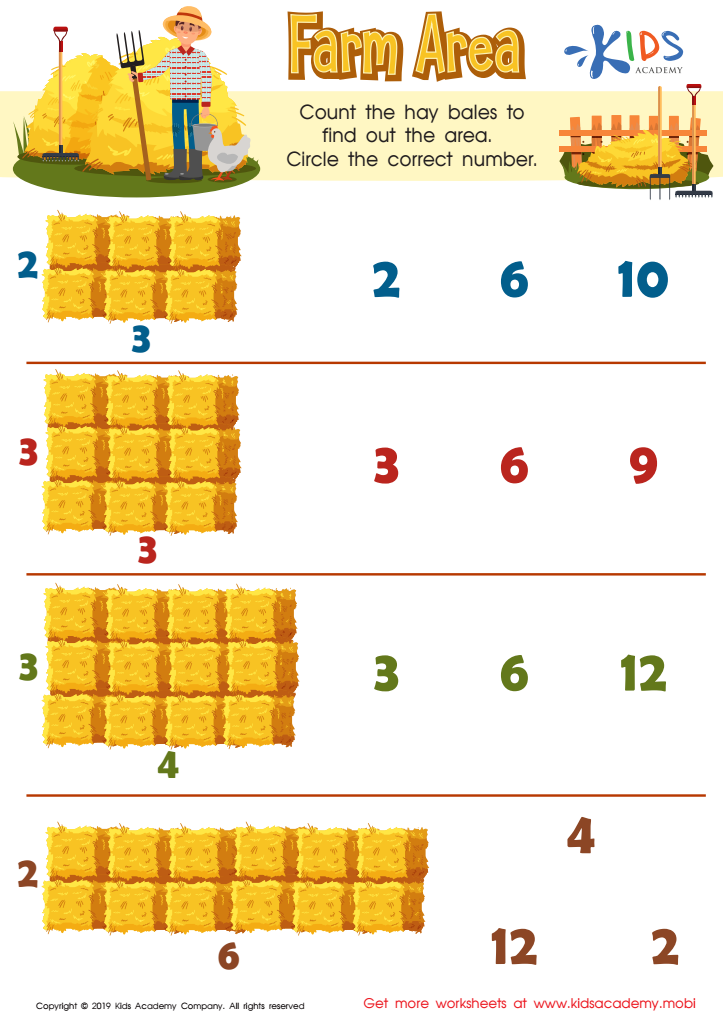

Farm Area Worksheet
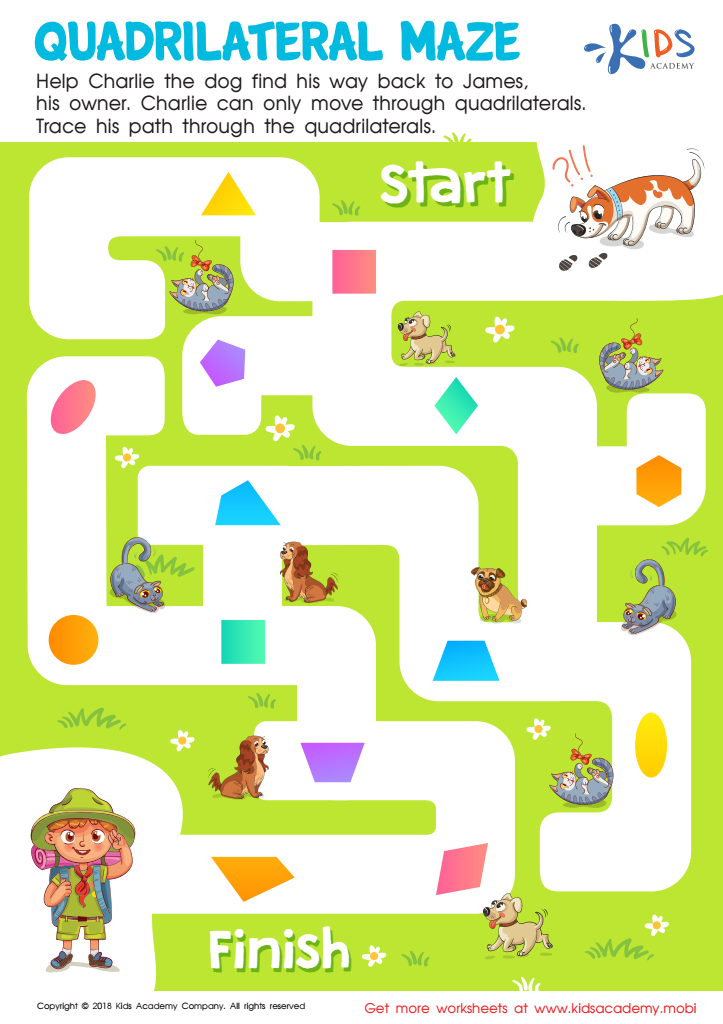

Quadrilateral Maze Worksheet
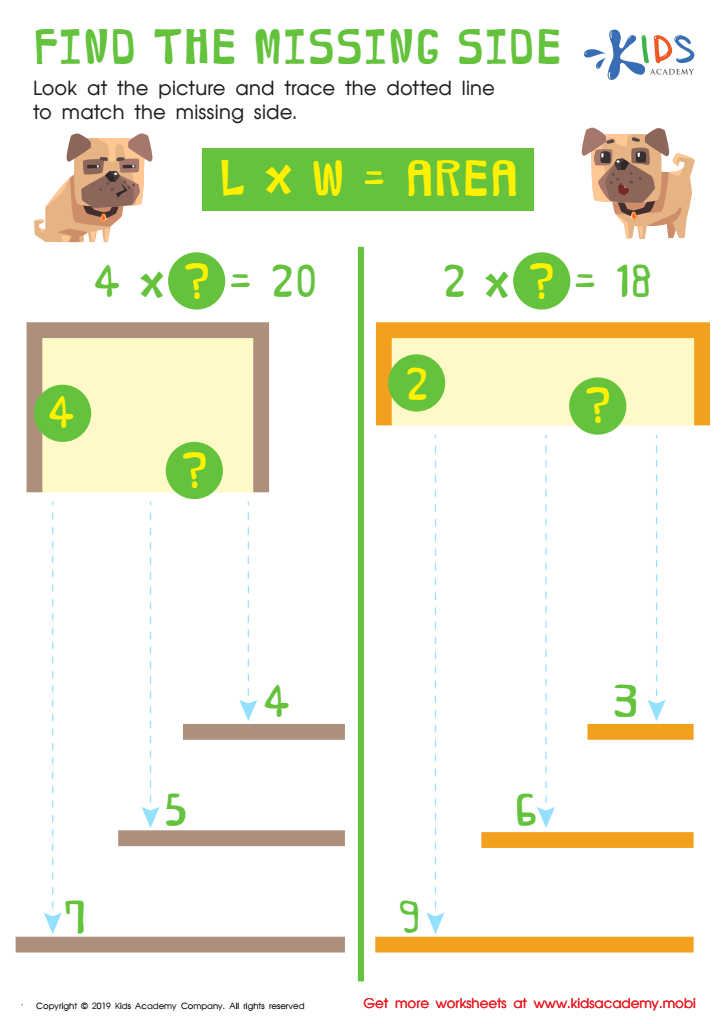

Find the Missing Side Worksheet
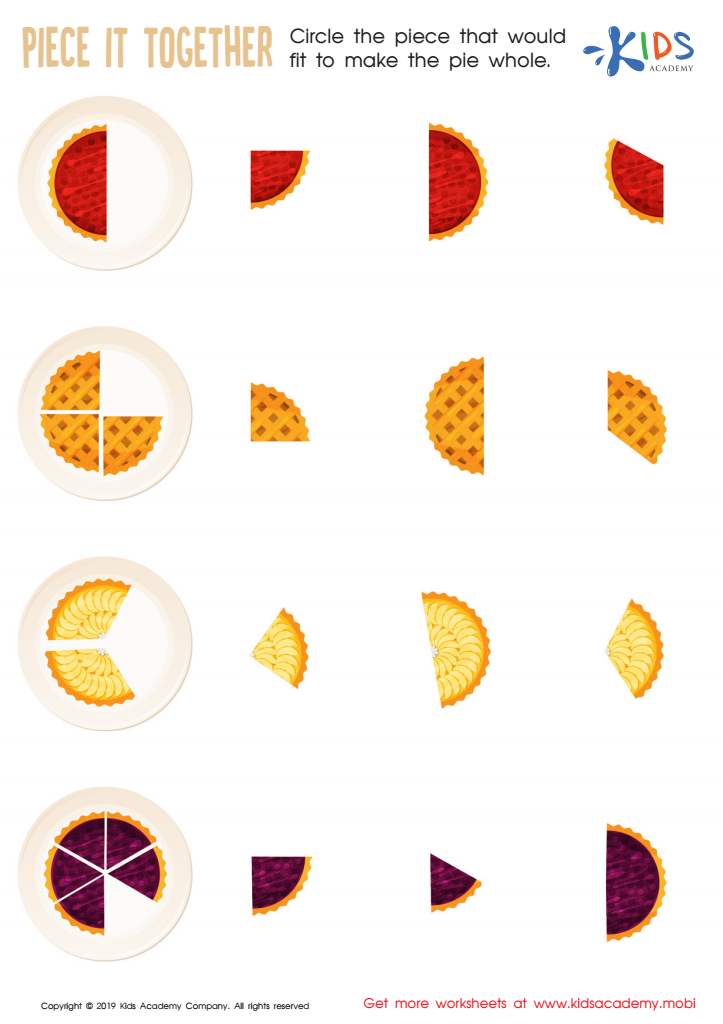

Piece it together Worksheet
Parents and teachers should prioritize Problem-Solving Skills in Easy Geometry for children ages 5-9 because these skills form a foundational aspect of cognitive development and critical thinking. At this age, children are naturally curious and eager to explore the world around them. Introducing geometric concepts through interactive problem-solving enables them to develop spatial awareness, enhance logical reasoning, and practice analytical thinking.
Geometry aids in visual learning, helping children understand shapes, sizes, and their relationships, essential for real-life applications. Engaging in hands-on activities like building with blocks, drawing shapes, or solving puzzles bolsters their creativity and fosters a growth mindset. These experiences not only make learning enjoyable but also instill resilience, as children learn to approach challenges with persistence.
Furthermore, strong problem-solving abilities contribute to overall academic success. Encouraging children to tackle geometric problems early on prepares them for advanced mathematics and related fields in the future. In a rapidly changing world, equipping young learners with these skills nurtures a classroom environment that values inquiry, collaboration, and critical analysis—key attributes for lifelong learners. Ultimately, fostering these skills in children benefits their personal development and prepares them for future challenges, both academically and pragmatically.
 Assign to My Students
Assign to My Students
